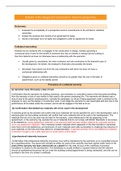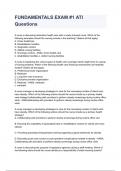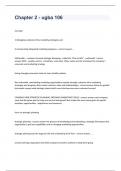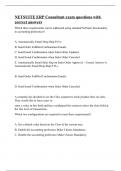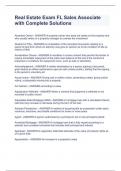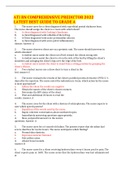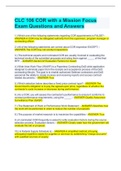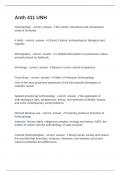Summary
Summary Advanced Real Estate WS7- Defects in design and construction
- Module
- LPC - Legal Practice Course
- Institution
- LPC - Legal Practice Course
This set of notes covers everything from in workshop 7 in lots of detail. This includes looking from the tenant's perspective when there are defects in the construction and design of the building. The notes are ready to be printed and used in the exam. I used these notes and achieved a high di...
[Show more]
